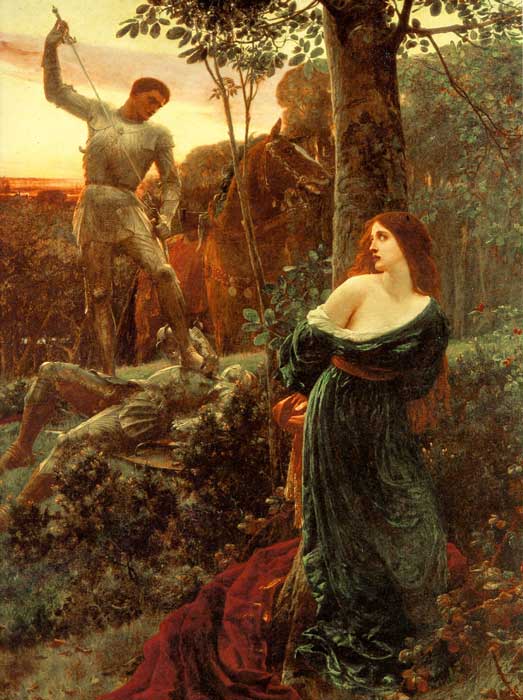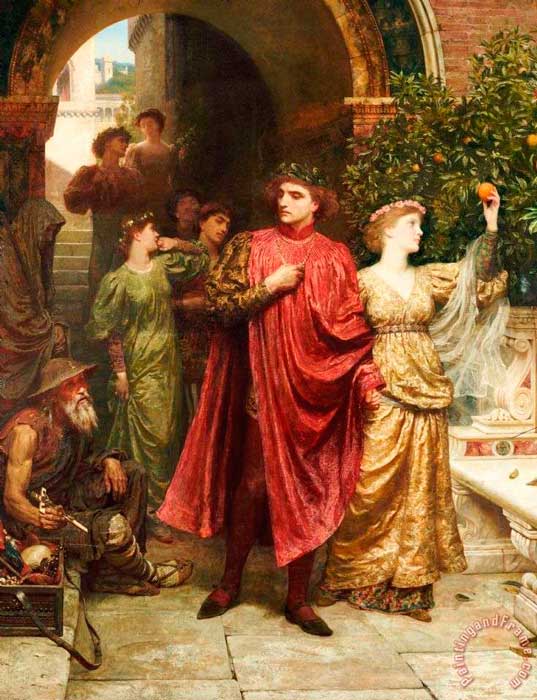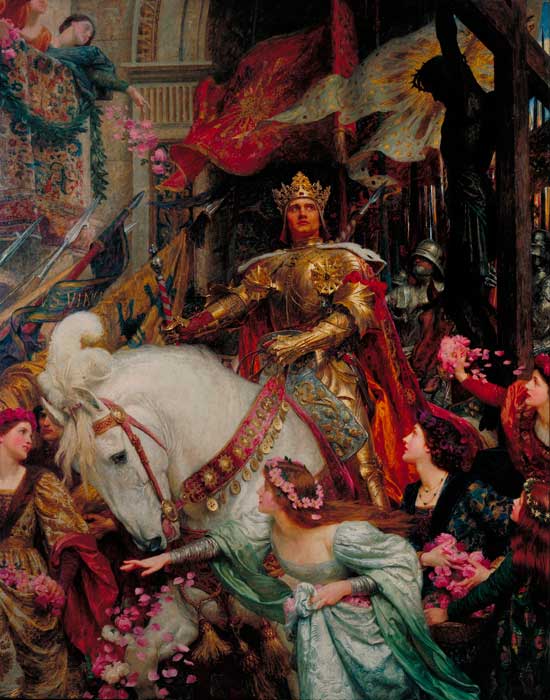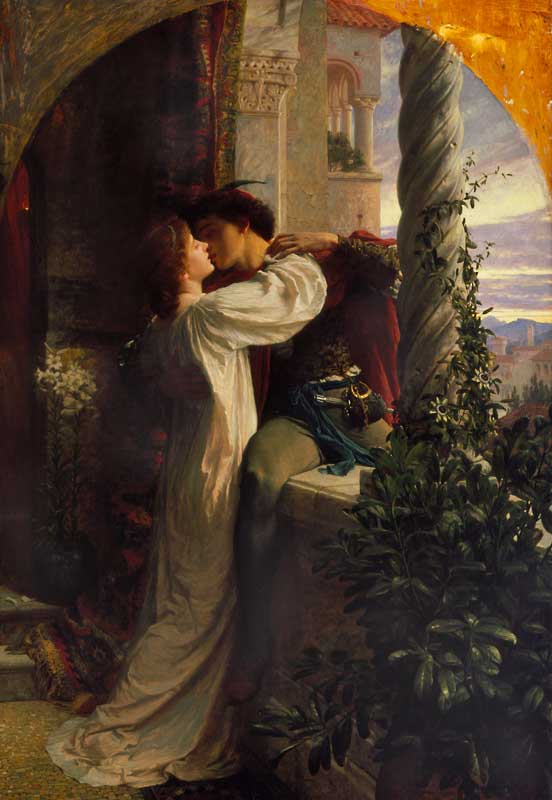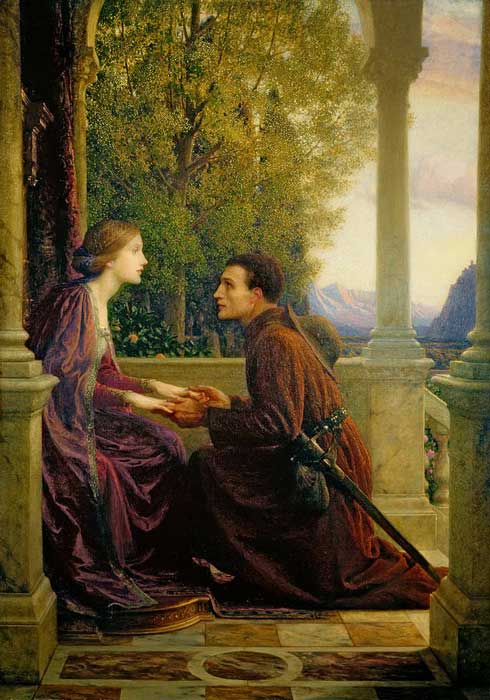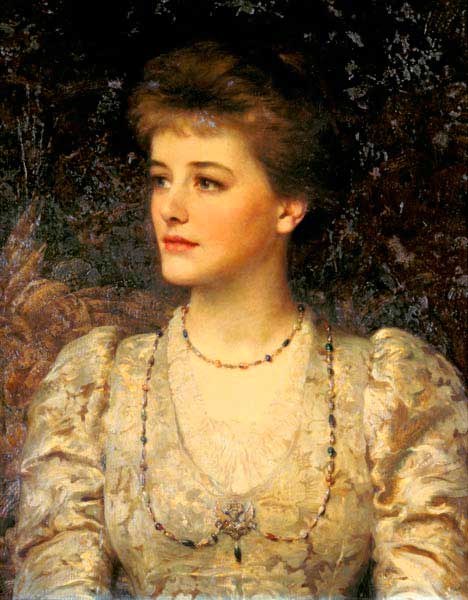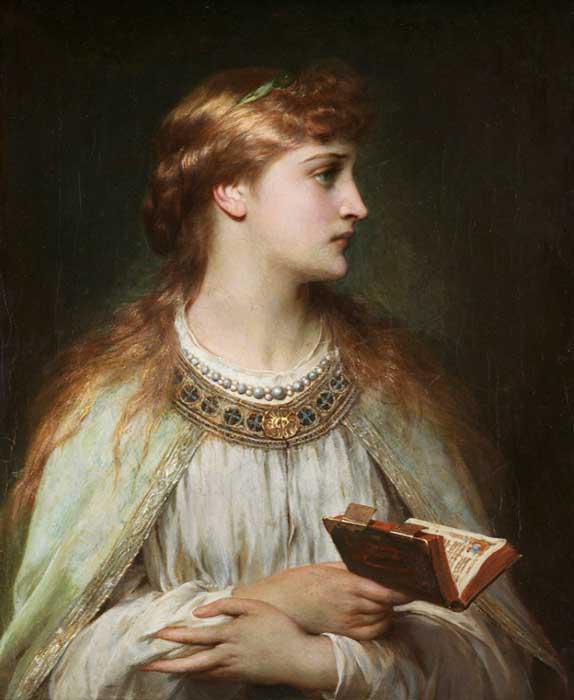Sir Francis Bernard Dicksee, known as Frank Dicksee, was born in London on November 27, 1853. He was the son of the English painter Thomas Dicksee, and he, along with his brother Herbert and sister Margaret, received early art education from their father in his studio.
Frank and his sister lived in Russell Place, a colony filled with artists and decorators, where artworks were everywhere. This place was responsible for the deep love for the arts shared by the two siblings. Even before he learned to write, Frank Dicksee could already draw. He spent most of his time in his father’s studio, even during holidays, learning and assisting him. He learned to draw from molds, copy studies, and even parts of photographs.
He became known for his dramatic literary, historical, and legendary scene paintings. Another factor that brought Frank considerable recognition was his portraits of fashionable women. Many of his works were inspired by the Pre-Raphaelite Brotherhood, although he was not a member.
The romantic and realistic style of his works was quite popular in the 19th century, an era marked by a revival of the mythological and historical origins of the European peoples. However, Frank Dicksee lived long enough to see this style questioned as outdated, as the modernist wave had already taken hold in academic circles. He condemned artistic modernism, believing that beauty should be portrayed as it is.

Frank Dicksee
Artistic Career
At the age of 16, Frank completed his schooling but continued to assist his father in his work full-time for almost a year. At the end of this period, he applied for an apprenticeship at the Royal Academy Schools and was immediately admitted.
In 1871, he received a scholarship to enter the Royal Academy of Arts in London, where he achieved rapid success. He won a silver medal for his drawing Antique in 1872 and a gold medal for his painting depicting Elijah Confronting Ahab and Jezebel in Naboth’s Vineyard in 1875. He joined the Academy’s body in 1891 and became its president in 1924. He was knighted in 1925 and appointed to the Royal Victorian Order in 1927 by King George V.
See also:
-
A mitologia grega e as lendas arturianas por John William Waterhouse
-
A mitologia grega por Herbert James Draper
-
A mitologia grega por Herbert James Draper
While studying, he started working as an illustrator for magazines and other periodicals. In the 1880s, he was hired by Cassell & Co. to illustrate editions of Longfellow’s Evangeline (1882), Shakespeare’s Romeo and Juliet (1884), and Othello (1890).
Frank Dicksee painted The Funeral of a Viking (1893), which received both positive and negative reviews. It was praised for its flawless execution but criticized for what some critics considered “obvious theatricality.” The painting became popular in the 1990s as the cover art for Hammerheart, an album by the legendary Swedish Viking Metal band Bathory. The work is now housed in the Manchester Art Gallery.
Frank Dicksee passed away suddenly on October 17, 1928, at the age of 74.
